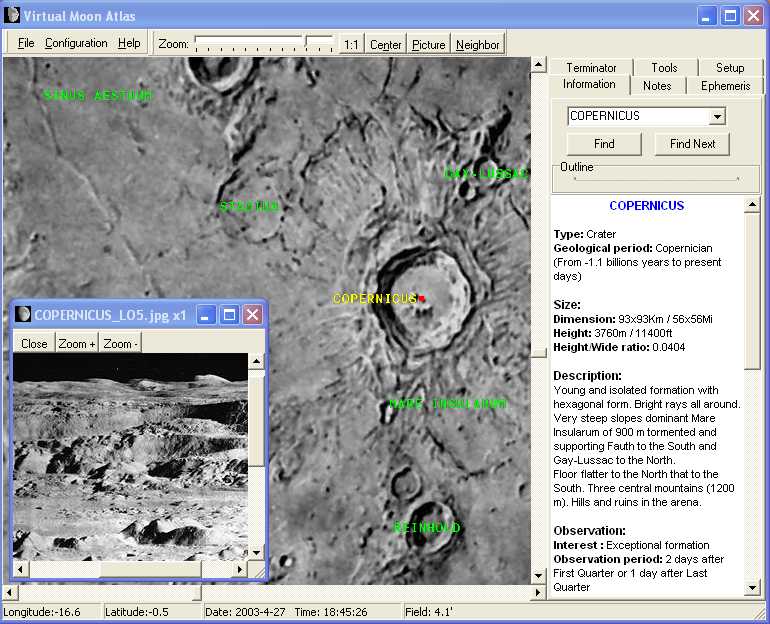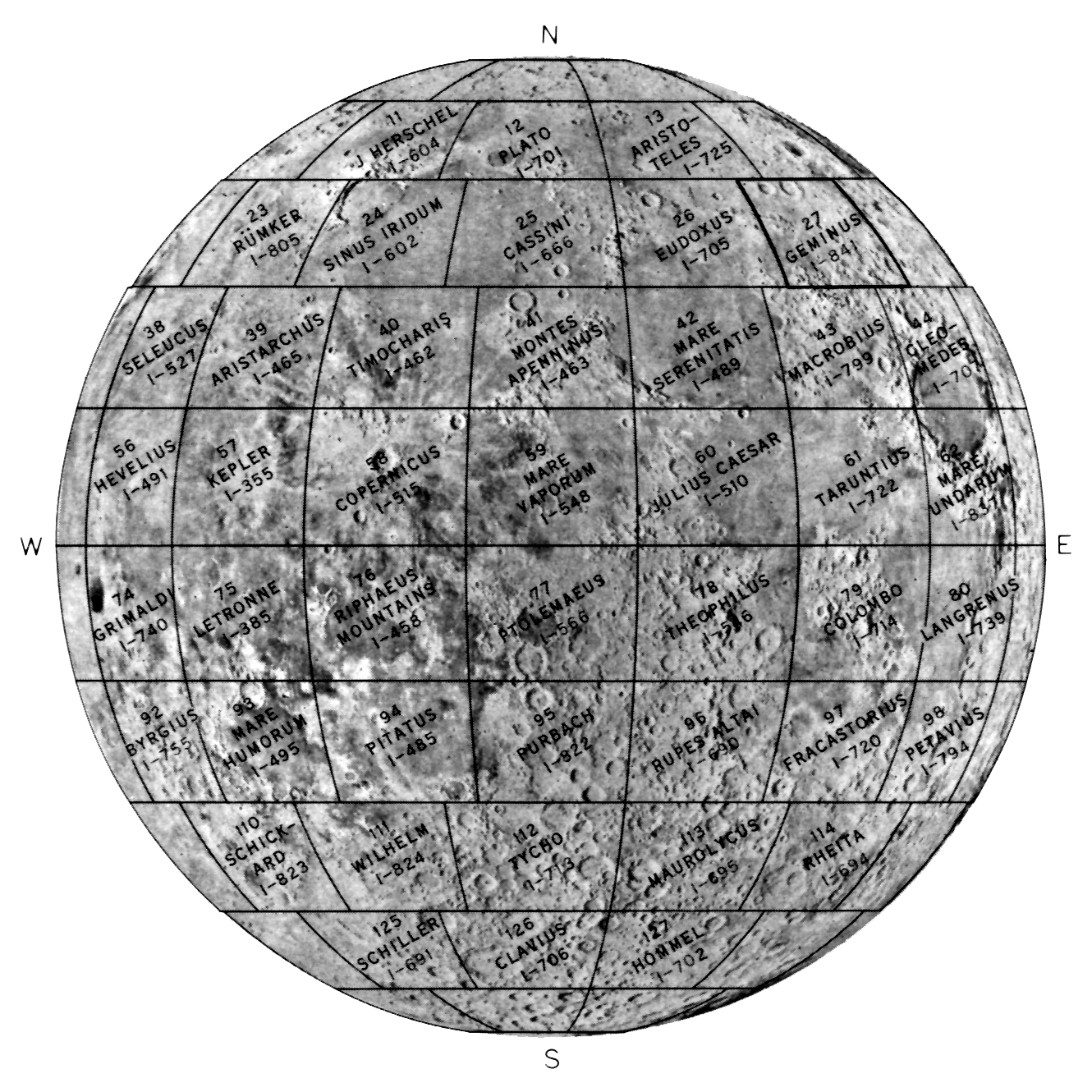

After a quick demonstration with my smartphone, I put one of the parents in charge of the scope and went to my 10-inch reflector to conduct the main part of the star party. It is not a digital reprint but an actual photo printed in 1960. At a star party for a local elementary school, I brought my 4.5-inch reflector and invited parents with smartphones to try their luck taking an image of the Moon.

If you have a smartphone and have never taken astroimages through a telescope, I urge you to give lunar imaging a try. Now, I welcome the opportunity to add another page to “Chaple’s Small-Scope Lunar Atlas.” I used to curse the Moon for making it difficult to conduct deep-sky observing. I referred to a Moon map to label the main features, then slid the sheet into a page protector and placed it in a three-ring binder.
#Lunar atlas pdf#
As you have access to this content, a full PDF is available via the Save PDF. At the computer, I retrieved the image, transferred it to a Word document where I did some fine-tuning, and then ran it through the printer. A summary is not available for this content so a preview has been provided. Once I got an image I liked, I emailed it to myself. freeware to help Moon observing, to improve interest for Moon in general public, and to provide a basic lunar tool for professionals. My earliest attempts required a dozen or two takes, but eventually I was able to capture a workable image in the first half-dozen tries. Fortunately, I could quickly review each shot and delete it if the result was less than satisfactory. The Duplex Moon Atlas is based on the high-resolution digital Wide Angle Mosaic (WAC) by the camera on board the NASA Lunar Reconnaissance Orbiter (LRO). These digital renditions were created and edited by Eric J. This took a lot of practice and patience. Larson is a collection of the best photographic images of the moon. Not owning such an adapter, I had to hold my smartphone in my hand and keep it as steady as possible. The process can be simplified with smartphone adapters, like the ones featured in Tom Trusock’s “Turn your smartphone into an astro-camera” article in the March 2017 issue. Not only does the phone have to be positioned precisely both up-and-down and side-to-side, but it also has to be at a 90° angle and the right distance from the eyepiece. The hardest part came in finding the “sweet spot,” where the smartphone can capture a lunar image from the eyepiece. Setting up the scope, aligning it with the Moon, getting a decent shot with the smartphone, and putting everything away took 15 to 20 minutes. Since 2002, we develop Virtual Moon Atlas a. Each night (and early morning when the Moon was in its waning phases), I’d trudge outside with my smartphone and a 4.5-inch f/8 reflector rigged with a 16mm wide-field eyepiece, and take a whole Moon snapshot. PDF Since 2002, we have been developing freeware to help Moon observing.

This past winter, I returned to lunar astroimaging in a big way by deciding to put together my own small-scope Moon atlas. Item 002119 28 folding sheets of lunar maps 22 of large size 695 x 695.


 0 kommentar(er)
0 kommentar(er)
